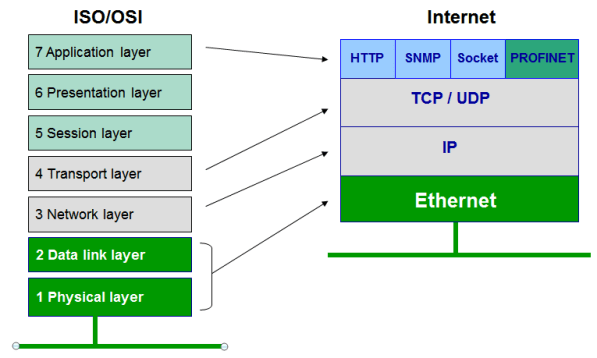What is UVM
1)UVM is standardization in verification methodology by Accellera.2) UVM is based on the best features in the existing methodologies OVM/VMM. But it is mostly derived from the OVM methodology and in fact it's backward compatible with the OVM. It has all the features of the proven OVM methodology
3) It is based on the System Verilog standard so it will compile on all the simulators which support the system Verilog standard.
The main advantages of UVM is :
1) Standardized verification methodology so no more confusion to choose a methodology to start a project.
2) No tool dependency. No more porting issues from one tool to other
3) Less confusion for the engineers. Easy to learn and maintain the skill set
4) Provides the flexibility and ways to connect the legacy VMM/OVM components
5) Backward compatible with OVM and provides the scripts to change OVM environment to UVM.
6) Remove the mess of having so many methodologies and provides a standard solution which compiles on all tools.
Universal Verification Methodology (From Wikipedia)
1. The Universal Verification Methodology (UVM) is a standardized methodology for verifying integrated circuit designs.
2. UVM is derived mainly from the OVM (Open Verification Methodology) which was, to a large part, based on the eRM (e Reuse Methodology) for the e Verification Language developed by Verisity Design in 2001.
3.The UVM class library brings much automation to the SystemVerilog language such as sequences and data automation features (packing, copy, compare) etc.,
History
1). lectronic design automation (EDA) industry — voted to establish the UVM and decided to base this new standard on the Open Verification Methodology (OVM-2.1.1)[1], a verification methodology developed jointly in 2007 by Cadence Design Systems and Mentor Graphics.
2). On February 21, 2011, Accellera approved the 1.0 version of UVM[2]. UVM 1.0 includes a Reference Guide, a Reference Implementation in the form of a SystemVerilog base class library, and a User Guide.[3].
